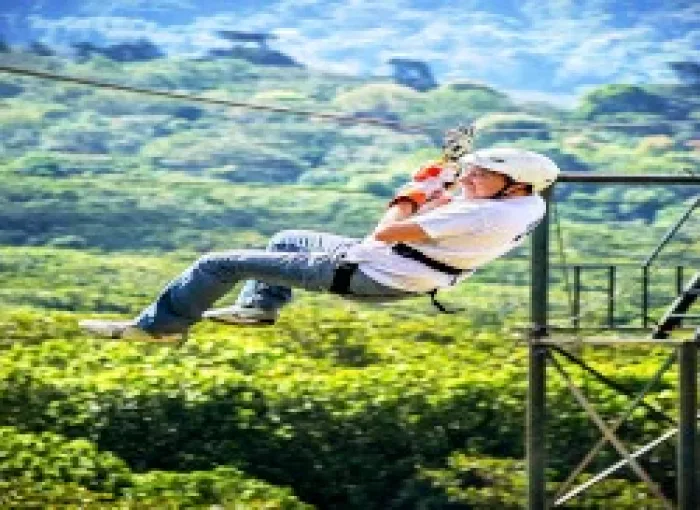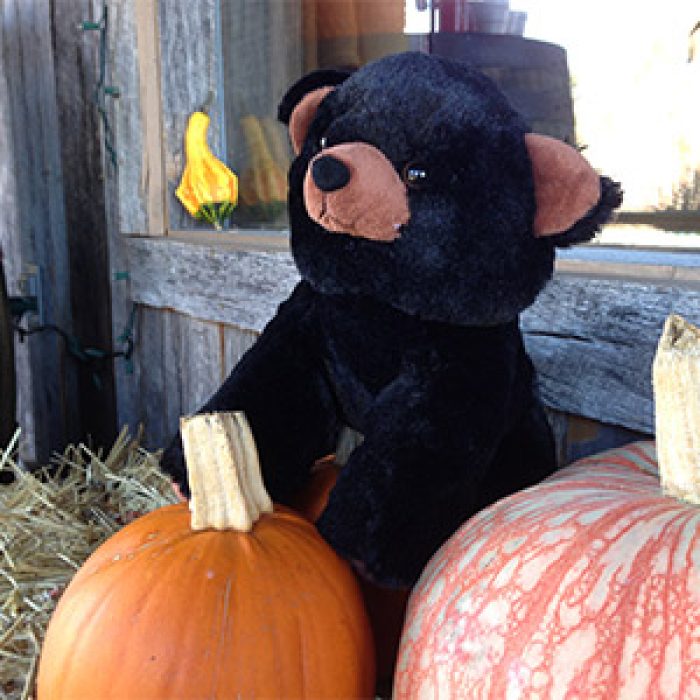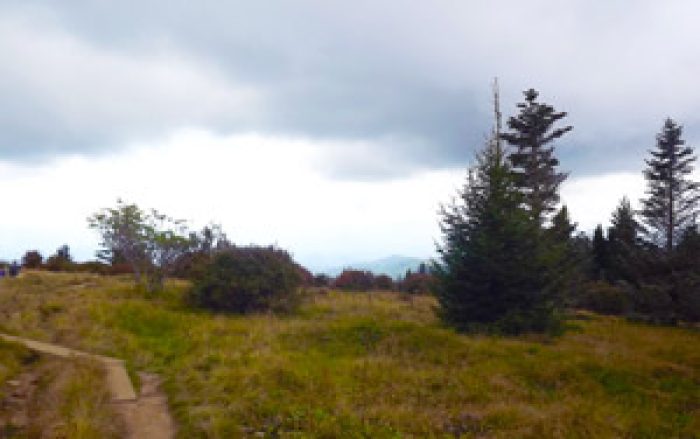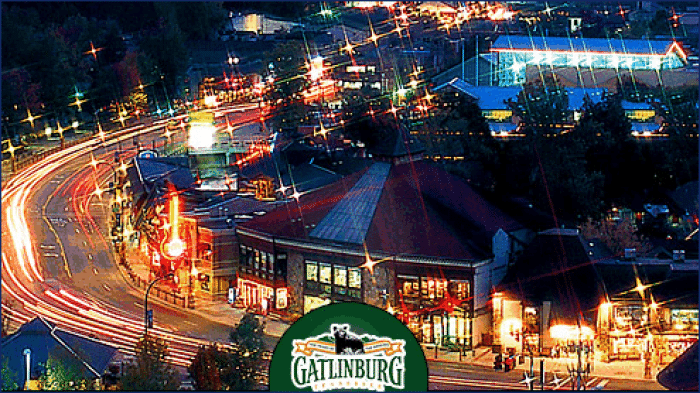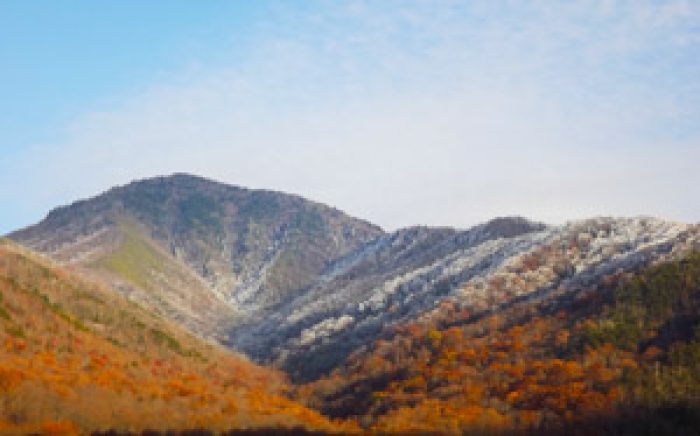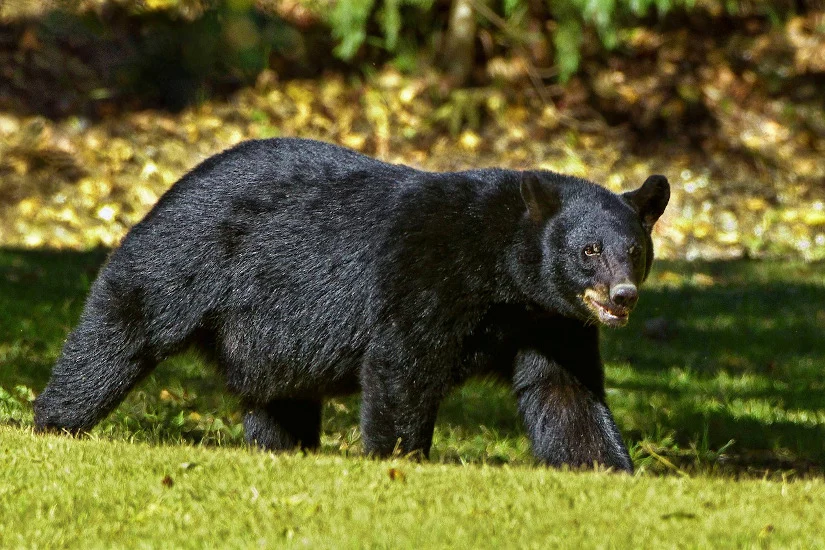
Discover the top locations to see
Best Places to See Animals in the Smoky Mountains
The Great Smoky Mountains National Park is one of the most biodiverse areas in North America, providing a chance to see various wildlife, from black bears to elk and falcons. The park is home to over 65 species of mammals, 200 bird species, and thousands of other creatures.
Specific locations and trails offer the best opportunities to glimpse the park's incredible wildlife. Below, we'll cover the top spots and tips for
Cades Cove
One of the most famous spots for wildlife watching, Cades Cove is a scenic valley surrounded by mountains. The 11-mile loop road provides excellent opportunities to see:
- Black Bears: Commonly spotted in early mornings and evenings.
- White-Tailed Deer: Frequently seen grazing in open fields.
- Wild Turkeys and Coyotes: Common along the roadside.
This 11-mile loop offers several pull-offs that let you stop and safely observe wildlife. In addition, hiking trails like Abrams Falls offer additional wildlife encounters.
Roaring Fork Motor Nature Trail
This scenic drive is one-way and surprisingly offers the perfect secluded experience for
- Black Bears: Often seen crossing the road or foraging.
- Squirrels and Chipmunks: Commonly found near wooded areas.
- Salamanders: Spotted along wet, mossy trails.
If you want the best chance to see these animals and more, indulge in a short hike on the Grotto Falls Trail to increase the likelihood of seeing the
Oconaluftee Visitor Center and River Trail
This option requires a drive for vacationers to Gatlinburg, but the unique sightings are well worth it. With a location near the North Carolina entrance to the park, this area is best known for its large elk population.
Elk are often seen grazing in the fields near the visitor center, especially during the fall rutting season when males bugle to attract mates. For the best views, hike along the Oconaluftee River Trail. Besides elk, you'll have a chance to see:
- River Otters
- Herons
- White-Tailed Deer
Clingmans Dome Area
At 6,643 feet, Clingmans Dome is the highest point in the park, offering a unique chance to see wildlife adapted to higher elevations. Some
- Black Bears: Occasionally roam the area.
- Peregrine Falcons: Sometimes seen soaring over the ridges.
- Red Squirrels and Spruce-Fir Moss Spiders: Found in the evergreen forests.
Pro Tip: Enjoy an excellent vantage point by visiting The Clingmans Dome Observation Tower to spot wildlife from above.
Cataloochee Valley
If you love elk, this valley is the perfect location for you and your group. Maximize your experience by arriving in the early morning or the evening. Interesting facts to know:
- Elk were reintroduced to the park in 2001 and are now thriving in this area.
- Fall is the best time to visit, as the mating season brings dramatic elk behavior, including bugling and sparring.
- Other common sightings include wild turkeys and black bears.
When not watching the wildlife, you'll love exploring the historic buildings spread throughout the valley for an enriching experience.
Little River Road & Tremont
This road between Gatlinburg and Townsend runs along the Little River, creating an excellent habitat for aquatic wildlife. The most common
- River Otters
- Great Blue Herons
- White-Tailed Deer
Tip: Hike into the Tremont area to increase your chances of spotting additional wildlife away from the crowds.
Best Hiking Trails for Wildlife Encounters
When you want to get up close and personal, the best approach is through a planned hike, which is a perfect family-friendly wildlife activity in Gatlinburg. Hikes offer a chance for a more immersive experience, and the following trails are our picks for the best options:
- Porters Creek Trail: A lush forest trail known for wildflowers, salamanders, and songbirds.
- Deep Creek Trail: On the North Carolina side, this trail is excellent for black bear sightings and boasts several waterfalls.
- Big Creek Trail: A peaceful hike along a river. Otters, deer, and birds are frequently spotted.
Tips for Safe and Responsible Wildlife Viewing
Seeing animals in their natural habitat is a blast, but you and your group must follow safety guidelines. These guidelines protect the wildlife and your group and include:
- Keep a safe distance: Stay at least 50 yards from bears and 150 yards from elk. Never approach wildlife.
- Use binoculars or zoom lenses: Close-up viewing without disturbing the animals.
- Never feed wildlife: Disrupts their natural behavior and can make the animals aggressive.
- Stay on designated trails: Preserve the ecosystem and prevent unnecessary encounters.
The best seasons for wildlife viewing are the spring and summer when you want to see black bears and deer. For elk, the best season is fall, so plan your visit accordingly.
Bonus Tip: Consider visiting a visitor center for wildlife sighting updates or join a park ranger-led
Plan Your Wildlife Viewing Vacation Today
Are you ready to experience Smoky Mountain wildlife firsthand? Reserve one of our Gatlinburg cabin rentals today. We offer vacation cabins throughout the Gatlinburg area, and many are perfect for seeing wildlife without leaving. For the best viewing experience, stay in our mountain view cabins.
Pair that amenity with our hot tub cabins so you can experience the beauty of nature while melting your stress. No matter what you desire from your cabin, we have you covered while you visit the best places to see


